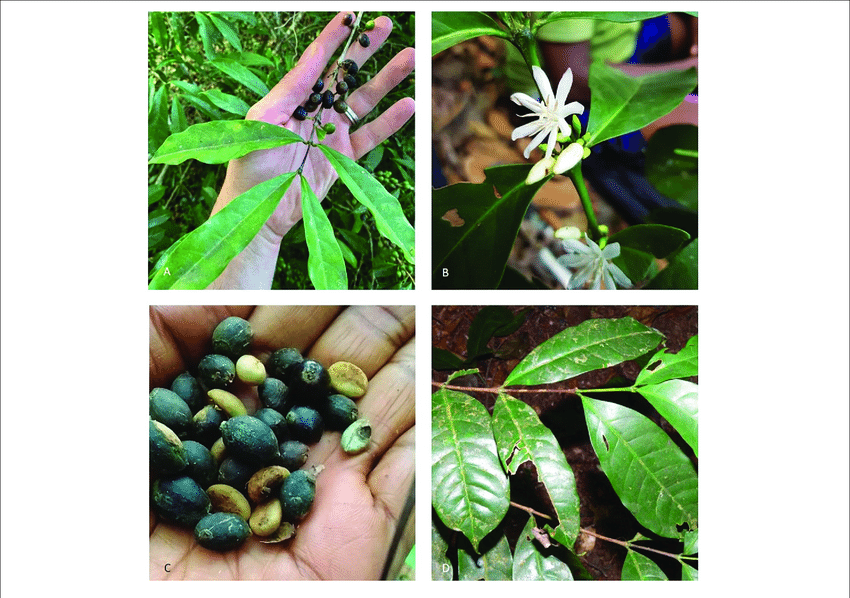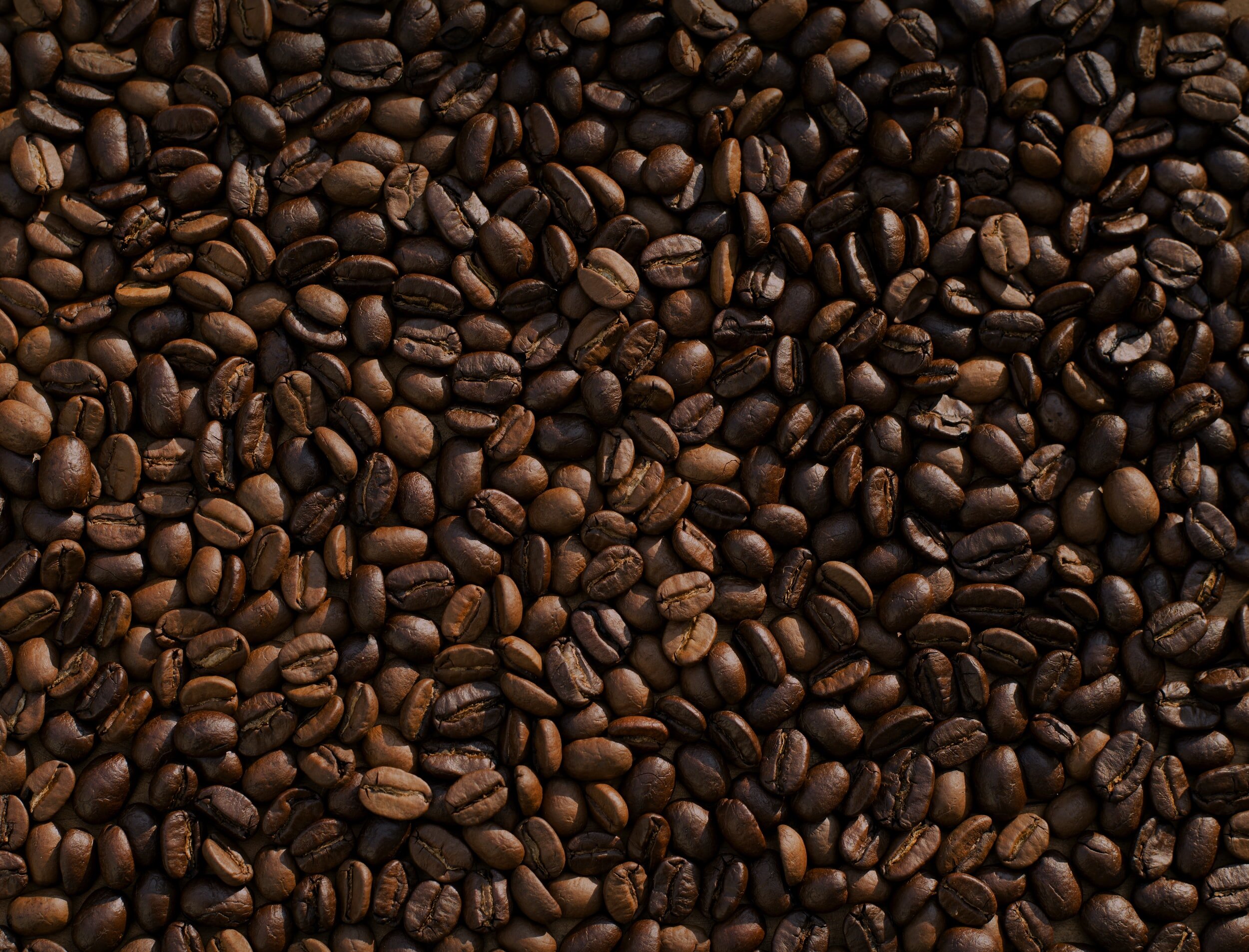There are hundreds species of coffee, yet only two have been found that have a desirable taste: Coffea canephora commonly known as “robusta” and Coffea arabica.
Now a wild, rare, and little-understood third species, C. stenophylla, has been successfully tasted and profiled at the Kew Botanical Gardens in England, which they reckon combines the heat-tolerant characteristics of robusta beans, with the complex and delicious flavor profile of arabica.
It’s a pretty incredible story of discovery, as there has been no sensory descriptions of the coffee’s taste for 100 years, and stenophylla is an endangered species thought to be extinct. Endemic to Guinea, Sierra Leone, and the Ivory Coast, stenophylla grows in hot-tropical conditions at low elevations, and is reported to be drought tolerant and partially resistant to the plant disease coffee leaf rust.
It wasn’t until 2019 that this species was rediscovered in the wild in Sierra Leone, and a small amount was grown on the Reunion Islands off the coast of Madagascar, which got there by way of Ivory Coast in 2020, that Aaron Davis, Senior Research Leader in Plant Resources at Kew, was able to obtain a sample of the coffee beans.
“Stenophylla coffee has a complex flavor profile, a fine aroma, natural sweetness, medium-high acidity, fruitiness, and good body, as one would expect from high-quality arabica,” Davis, who tasted it himself, told WaL in an email. “Even though it tastes like Arabica, it’s not exactly the same and has its own unique characteristics”.
“It was thought to be extinct in the wild in Sierra Leona, having not been recorded there since 1954, but was rediscovered by us in late 2018,” he added. “Our first tasting samples, and the more recent ones, were collected from the wild in Sierra Leone, from a forest close to the border with Liberia”.
But it’s just not the enjoyable flavor of the coffee that made the discovery noteworthy, but the conditions in which stenophylla can grow.
We Humbly Ask For Your Support—Follow the link here to see all the ways, monetary and non-monetary.
PICTURED ABOVE: The leaves and berries of the c. stenophylla, noted for having black berries than the iconic red ones of arabica and robusta. PC: Aaron Davis. Released.




